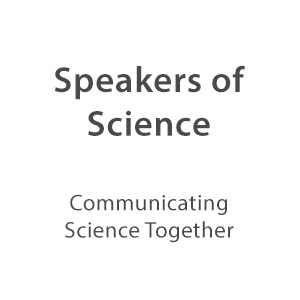A Naked Egg Experiment
The best kind of science is the sort that just grabs you, takes you unawares and sucks you in without you really realising it.
Hmm…wasn’t there a quote about love like that?
A great way to learn science is for children to teach parents. No, I’m not planning to set up classes: I’m talking about home experiments. Turning your kitchen into a lab and bringing the science home.
One day, 6-year old Landyn came home from school and told his mother Trish that he would like to do a naked egg experiment. Trish had never heard of this experiment before. But Landyn explained that the object of the study was to make an egg invisible and bouncey. Hmmm… interesting.
Landyn had been told about the experiment by an educational assistant, but he wanted to try it out. He had two motives for this:
Seeing it – because seeing science is a way of understanding it and accepting its apparent weirdness.
Sharing it – because sharing makes weird stuff all the more exciting.
Trish being an adult couldn’t help but be more curious: she wanted to understand all of it… and was armed with the power of the internet. So she looked it up.
To do this experiment, all you need is
-
white vinegar
-
a glass
-
an egg
For two days, the egg sits in the glass submerged in vinegar. After two days, the vinegar is refreshed. 2-4 weeks later, the egg has become transparent. Trish decided to do Landyn’s experiment, taking a photo every day of the egg’s progress.
This is Landyn’s Naked Egg Experiment.
Day 1, bubbles started forming and the egg sank to the bottom of the glass.
Day 2, the shell of the egg seemed to have disappeared and it started to go transparent. The egg had expanded.
Day 3, the yolk of the egg went translucent. The texture was squishy. They decided to wait a few more days then see if they could bounce it.
Day 4, Landyn proudly holding his egg.
On day 5, they decided the experiment did not require 2-4 weeks of vinegar treatment and took out the egg. Landyn threw it gently and it bounced low to the ground – a few times. Trying it harder broke the egg.
How does it work?
Trish did some more exploring on the internet. Acetic acid in vinegar breaks down the solid calcium carbonate that make up the eggshell. Calcium ions remain in solution and carbon dioxide bubbles off. A pretty cool experiment, and definitely worth teaching your parents. Not only is this exercuse mutually rewarding, but doing DIY science is a sure way to make it really stick in your mind… even years later.
Photos courtesy of Trish.
Latest posts by admin (see all)
- Student Accommodation Sheffield – Student Housing - February 7, 2019
- Conservatory Rattan Furniture Sets from Garden Centre Shopping - June 6, 2018
- Reads of the week 18 July 2014 - February 15, 2018
